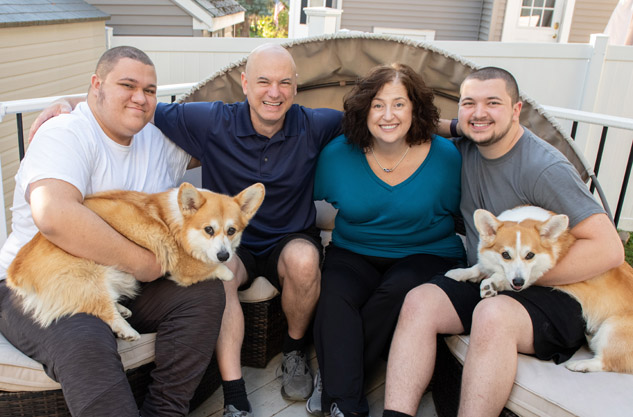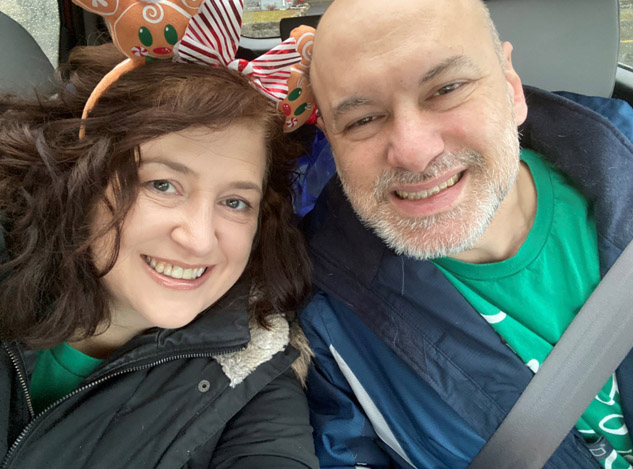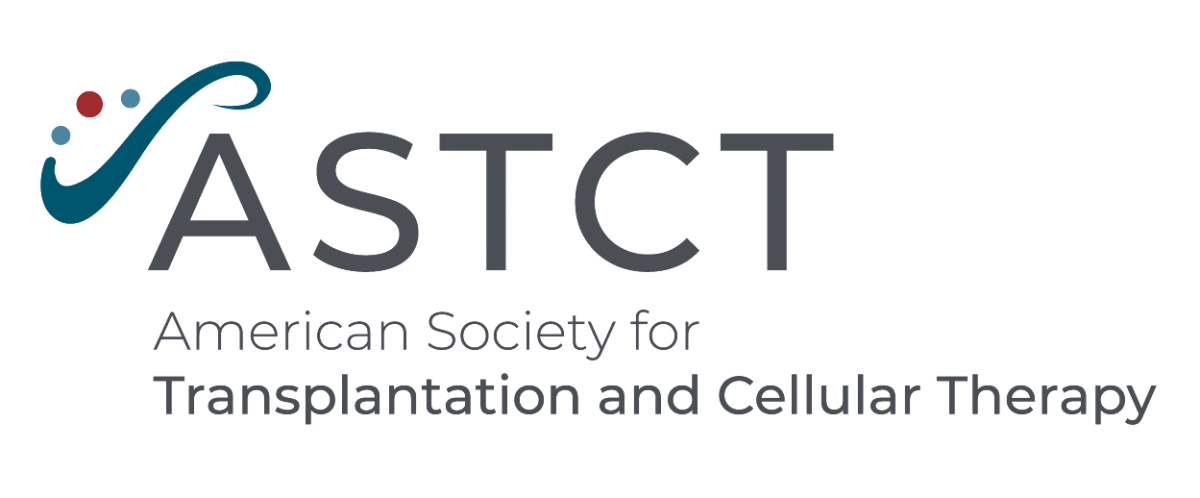Peter Imonti

Out of the fire of illness, like many cancer survivors, Peter Imonti has preserved the most important stories. On one arm, he’s inscribed the names of his two sons: Peter Junior (21) and Nicolas (19). And on the other, a sword-like antibody vanquishes a cancer cell. Six long years after his initial diagnosis, Peter’s very body celebrates the curative love of his family, including wife Shelly, and the healing powers of science. As a project manager in the biotech industry, Peter understands that patience is crucial to the scientific discovery process. This insight proved especially lucky, given that Peter’s road to recovery took a rough, circuitous route back to full health.
diagnosis, Peter’s very body celebrates the curative love of his family, including wife Shelly, and the healing powers of science. As a project manager in the biotech industry, Peter understands that patience is crucial to the scientific discovery process. This insight proved especially lucky, given that Peter’s road to recovery took a rough, circuitous route back to full health.
In 2017, Peter presented in the ER with extreme fatigue; when his blood was drawn, he lost consciousness. As Peter recalls, “They thought I had ruptured my aorta, but after a scan, they told me I had 14. 5 cm mass, pressing on my heart and lungs.” Peter received a diagnosis of large B-cell non-Hodgkin lymphoma, and began a dizzying array of treatments, initially at Boston Medical Center and ultimately at Dana-Faber Cancer Institute, both within commuting distance from his home in Lynne, MA.
While Peter’s prognosis was at first optimistic – he was told that 93% of patients with his type of lymphoma responded positively to dose-adjusted EPOCH-R. “Unfortunately,” remembers Peter, “I wasn’t in the ninety-three percent.” Ultimately Peter underwent additional chemo, radiation, and CAR-T treatment, before having a stem cell transplant in October of 2018 from an unrelated, 32 year-old donor. “I spent 27 days completely confined in the hospital,” Peter says, “I laugh at people who complain about Covid! I say, if I can do that, you can wear a mask. It’s not that tough!”
Peter knows “tough” the way few people ever will. The setbacks and side effects he endured include, bizarrely, a pair of gun-toting pigeons who appeared on the windowsill of his hospital room, during a CAR-T induced hallucination; a single month during which he dropped 50 pounds, plummeting from 170 to 120; the scary first day in the ER when Shelly appeared at his side after he’d passed out; and the shattering moment, in 2019, post-transplant, when his tumors returned, doubling in scope every month. As Peter recalls, “My doctor told me, one more doubling and I’d be gone.” Peter was determined to survive long enough to make it to an immediate goal: “My son was graduating high school… I’d think about today and tomorrow, or a couple of days at most… I was thinking: I’m going!”
Incredibly, science came through with a cure from an unexpected corner, Peter’s tumor growth was arrested by a targeted immunotherapy combination -- brentuximab and nivolumab -- which his doctor suggested using “off label.” As Peter remembers, relief was almost instant, “Within three weeks, I could breathe a little better. A few more weeks, I could walk a little better. And come September, my doc was asking ‘When are you going back to work?’” Peter did, indeed, attend his son’s graduation.
 Now, after years of successful, continuous antibody treatment, Peter is finally able to look past the immediate horizon, to his long-term future. As he describes, “I’m re-training myself to look further out… to a vacation with Shelly, or my son’s graduation from college!” He’s also looking forward to deepening the relationship with his donor, who he’s already had a chance to meet and befriend. Peter says, “My younger son is thinking of doing physical therapy (PT) or occupational therapy (OT) and my donor works in PT/OT, so he offered to speak to my son, share opportunities. We’re all going to get together. It’s so beyond anything I could ever ask for from this process.”
Now, after years of successful, continuous antibody treatment, Peter is finally able to look past the immediate horizon, to his long-term future. As he describes, “I’m re-training myself to look further out… to a vacation with Shelly, or my son’s graduation from college!” He’s also looking forward to deepening the relationship with his donor, who he’s already had a chance to meet and befriend. Peter says, “My younger son is thinking of doing physical therapy (PT) or occupational therapy (OT) and my donor works in PT/OT, so he offered to speak to my son, share opportunities. We’re all going to get together. It’s so beyond anything I could ever ask for from this process.”
It’s easy to imagine Peter perhaps adding to his tattoos, someday, to honor the latest piece of his story -- the young man who not only saved his life but is now offering mentorship to his son, Nicolas. After all he’s been through, the story Peter has inscribed on himself is an evolving, ultimately happy one, designed to be shared. As Peter says, “I put it on my arm, and I chat about it with people so they know what went on. It’s a way to remember this journey I’m on.”
Meet our Sponsors

The Adult Stem Cell Transplantation Program at Dana-Farber Brigham Cancer Center is one of the largest and most experienced stem cell transplant programs in the world. We have performed more than 11,600 transplants for the treatment of blood cancers and related disorders since our program began in 1972. We perform rigorous outcomes analysis to support our research and treatment advances. Our center-specific outcomes have been recognized as among the best in the world. dana-farber.org/sct

The American Society for Transplantation and Cellular Therapy (ASTCT), formerly known as the American Society for Blood and Marrow Transplantation, is a professional society of more than 2,200 healthcare professionals and scientists from over 45 countries who are dedicated to improving the application and success of blood and marrow transplantation and related cellular therapies. ASTCT strives to be the leading organization promoting research, education, and clinical practice to deliver the best, comprehensive patient care.
Photo Credit: Melissa Ostrow, Boston, MA https//melophoto.net